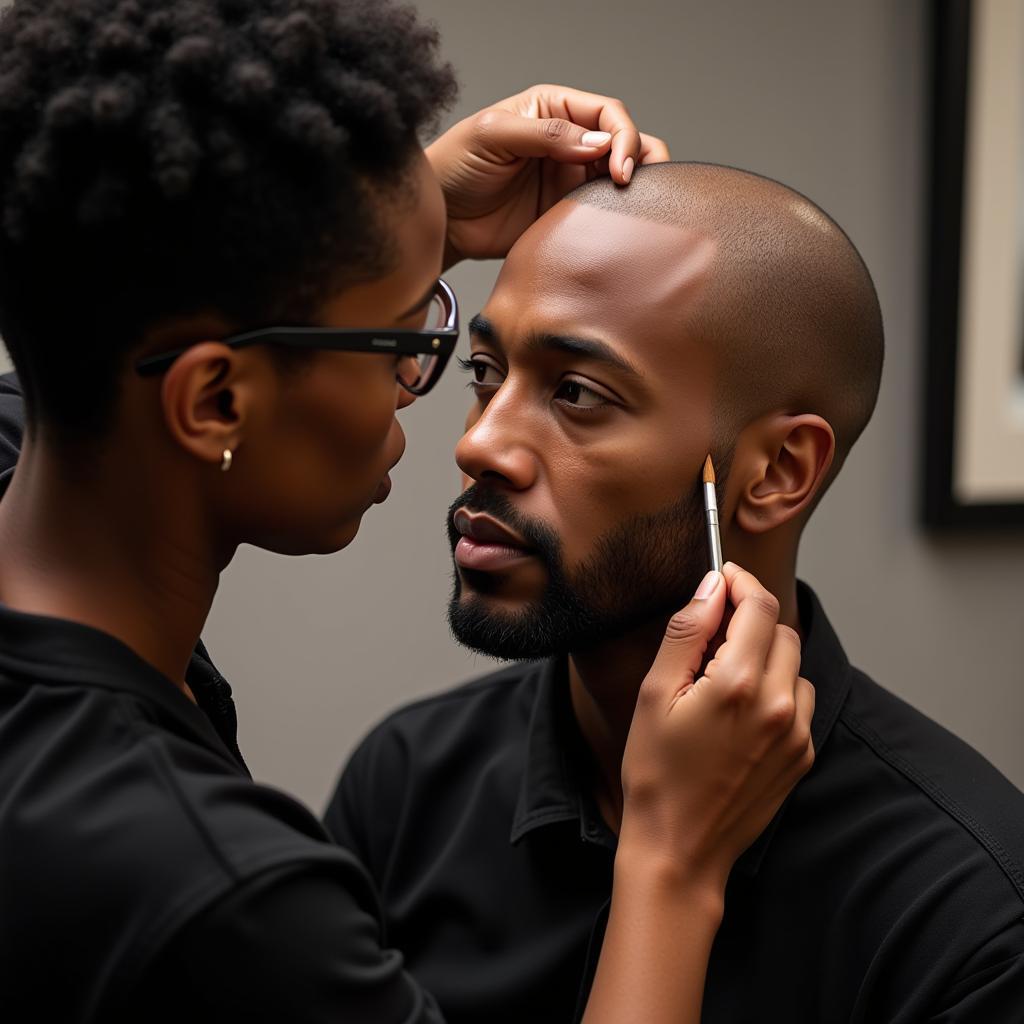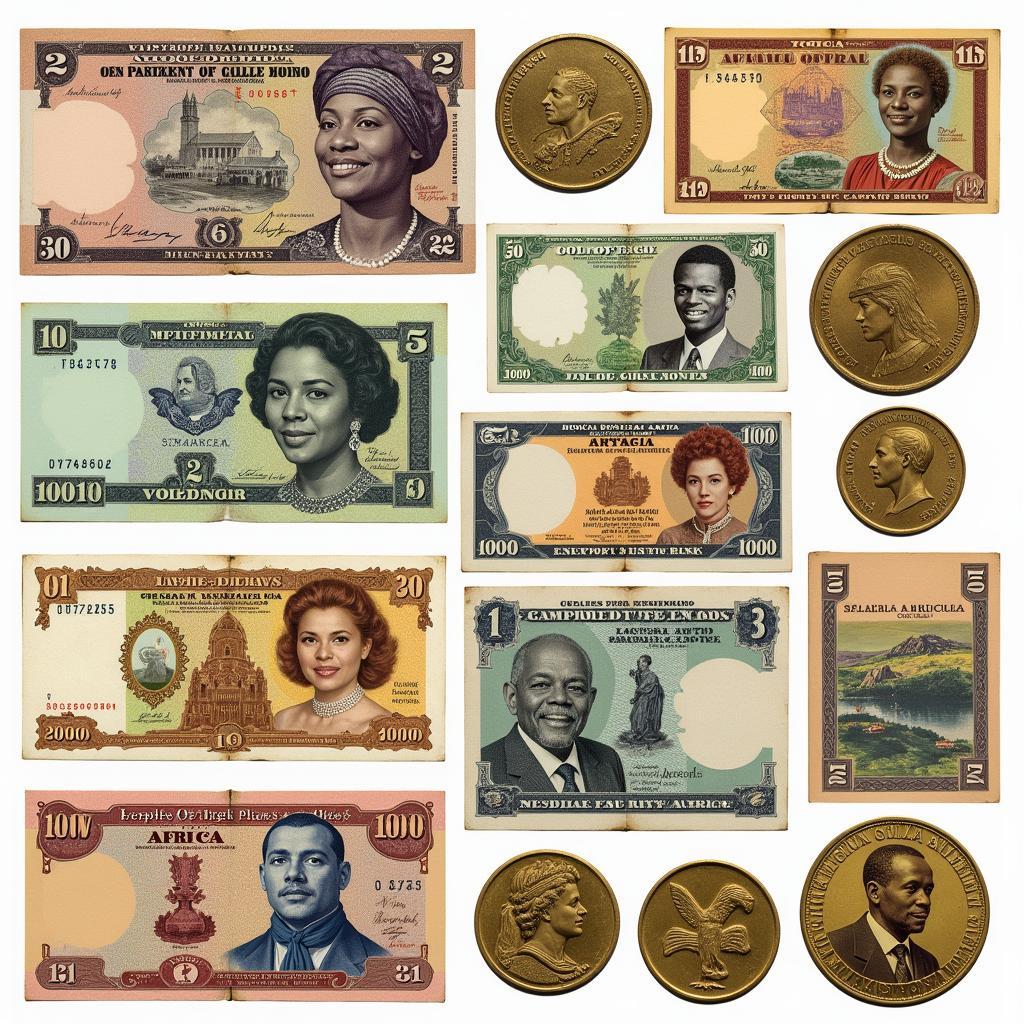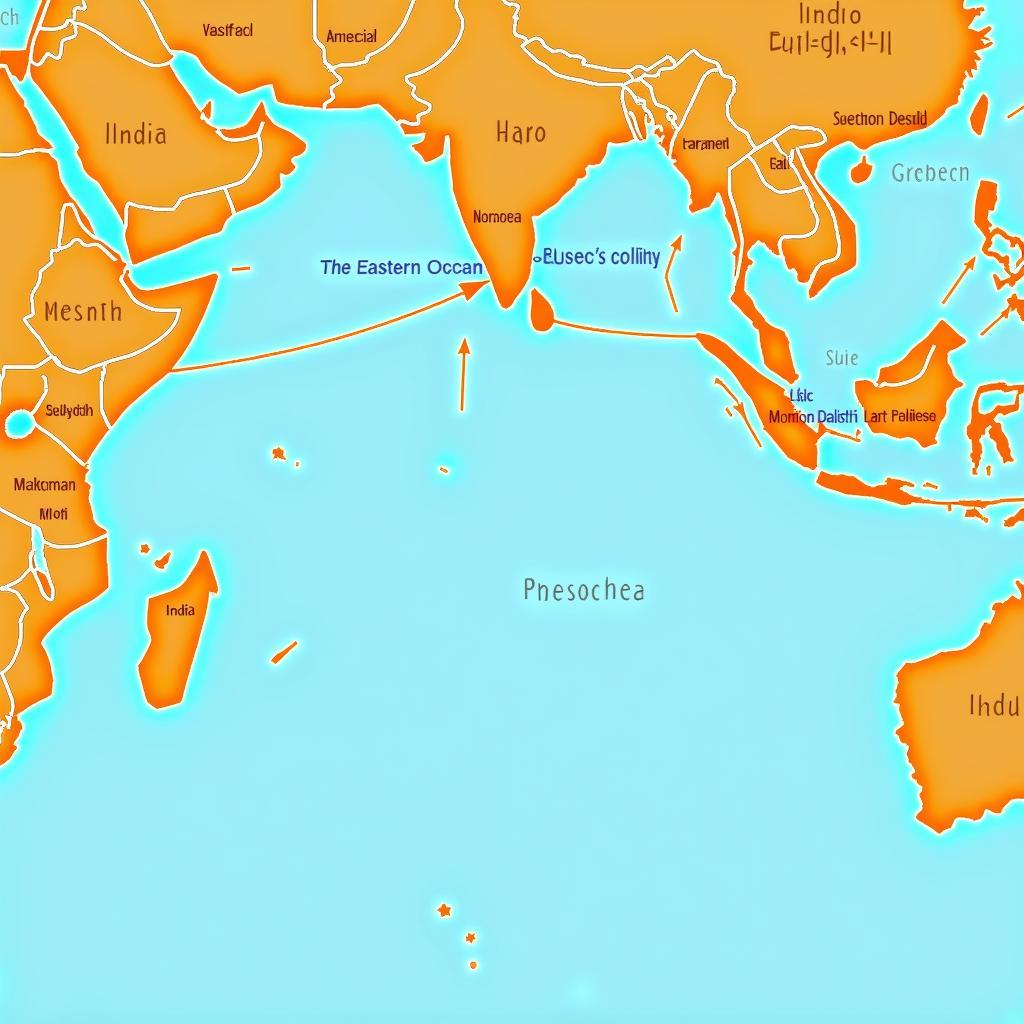Understanding the African American Bald Cap: History, Usage, and Cultural Significance
The African American Bald Cap has a rich and complex history, intertwined with the evolution of theater, film, and television. This article explores the usage of the African American bald cap, its significance in portraying diverse characters, and the ongoing conversations surrounding its cultural implications. We’ll delve into the practical aspects, historical context, and evolving perceptions of this versatile tool in the entertainment industry.
A Historical Look at the Bald Cap in African American Performance
The use of bald caps in the entertainment industry dates back centuries, initially employed to portray aging or characters experiencing hair loss. For African American performers, however, the bald cap took on additional layers of meaning, often reflecting the limited roles available to them and the societal pressures surrounding hair and identity. Early Hollywood frequently relied on stereotypes, and the bald cap sometimes became a tool to further these portrayals, obscuring the natural hair textures of Black actors and actresses. You can learn more about the evolution of African American hair styles in African American hair history.
From Minstrelsy to Modern Media: The Evolving Role of the Bald Cap
The history of the bald cap in African American performance is unfortunately tied to the painful legacy of minstrelsy. In these racist performances, white actors used blackface and bald caps to create caricatures of Black individuals. This practice contributed to harmful stereotypes and reinforced negative perceptions of Black people. Over time, as Black actors and actresses gained more prominent roles, the bald cap became a tool for character transformation, allowing them to portray a wider range of characters, both historical and fictional. The evolution continues as performers, makeup artists, and the industry as a whole grapple with the complexities of representation and strive for more authentic portrayals.
The Practicalities of the African American Bald Cap: Application and Techniques
Today, the application of an African American bald cap requires skill and precision. The process typically involves carefully adhering the cap to the head, blending the edges seamlessly with makeup, and creating a realistic scalp appearance. Advances in materials and techniques have resulted in more comfortable and convincing bald caps, allowing for greater flexibility and range of expression for performers.
Achieving a Natural Look: Makeup and Materials
Modern makeup artists employ a variety of techniques and specialized products to create a realistic and natural-looking scalp when using a bald cap. This includes color matching to the performer’s skin tone, adding subtle details like veins and texture, and ensuring the cap moves naturally with the actor’s facial expressions. The use of high-quality materials, including latex, silicone, and gelatin, contributes to the comfort and durability of the bald cap.
 Applying an African American Bald Cap
Applying an African American Bald Cap
The Cultural Significance of the Bald Cap in Contemporary Media
The use of the African American bald cap continues to spark conversations about representation and authenticity in media. While it remains a valuable tool for character transformation, discussions surrounding its historical context and potential for perpetuating stereotypes are crucial. The industry is increasingly focused on inclusivity and accurate portrayals of diverse experiences. Read more about African Americans in the US through this link: African Americans in US.
Moving Forward: Representation, Authenticity, and the Future of the Bald Cap
As the entertainment industry evolves, so too does the understanding and usage of the African American bald cap. There’s a growing emphasis on celebrating natural hair textures and promoting authentic representations of Black individuals on screen. The bald cap, while still a practical tool, is now used with more awareness of its historical baggage and the importance of responsible representation. You can explore the vibrant world of African American art and culture through this link: African American Art & Culture Complex.
In conclusion, the African American bald cap carries a complex history, from its problematic use in minstrelsy to its modern application as a tool for character transformation. Understanding this history and engaging in thoughtful conversations about representation are vital for ensuring its responsible and respectful use in the entertainment industry.
FAQ
- What are bald caps made of? Bald caps are typically made of latex, silicone, or gelatin.
- How are bald caps applied? Bald caps are adhered to the head using specialized adhesives and blended with makeup for a seamless look.
- Why are bald caps used in film and theater? Bald caps are used to transform actors’ appearances, allowing them to portray characters with baldness or different hairstyles.
- Are there different types of bald caps for different skin tones? Yes, makeup artists carefully match the bald cap color to the performer’s skin tone for a natural appearance.
- Can anyone wear a bald cap? While anyone can technically wear a bald cap, proper application requires skill and practice.
- Are bald caps reusable? Some bald caps are reusable, depending on the material and how they are handled.
- How long does it take to apply a bald cap? The application process can take anywhere from 30 minutes to several hours, depending on the complexity of the makeup and desired look.
Common Scenarios for Using Bald Caps
- Portraying characters experiencing hair loss due to illness or age.
- Creating fantastical or alien characters.
- Transforming actors into historical figures.
- Achieving specific hairstyles that would be difficult or time-consuming to create with natural hair.
Further Exploration
Explore the world of African American oil paintings here: African American oil paintings. Discover more about African American publishing houses at this link: African American publishing houses.
Contact Us
For any assistance, please contact us: Phone: +255768904061, Email: kaka.mag@gmail.com, or visit us at Mbarali DC Mawindi, Kangaga, Tanzania. Our customer service team is available 24/7.


